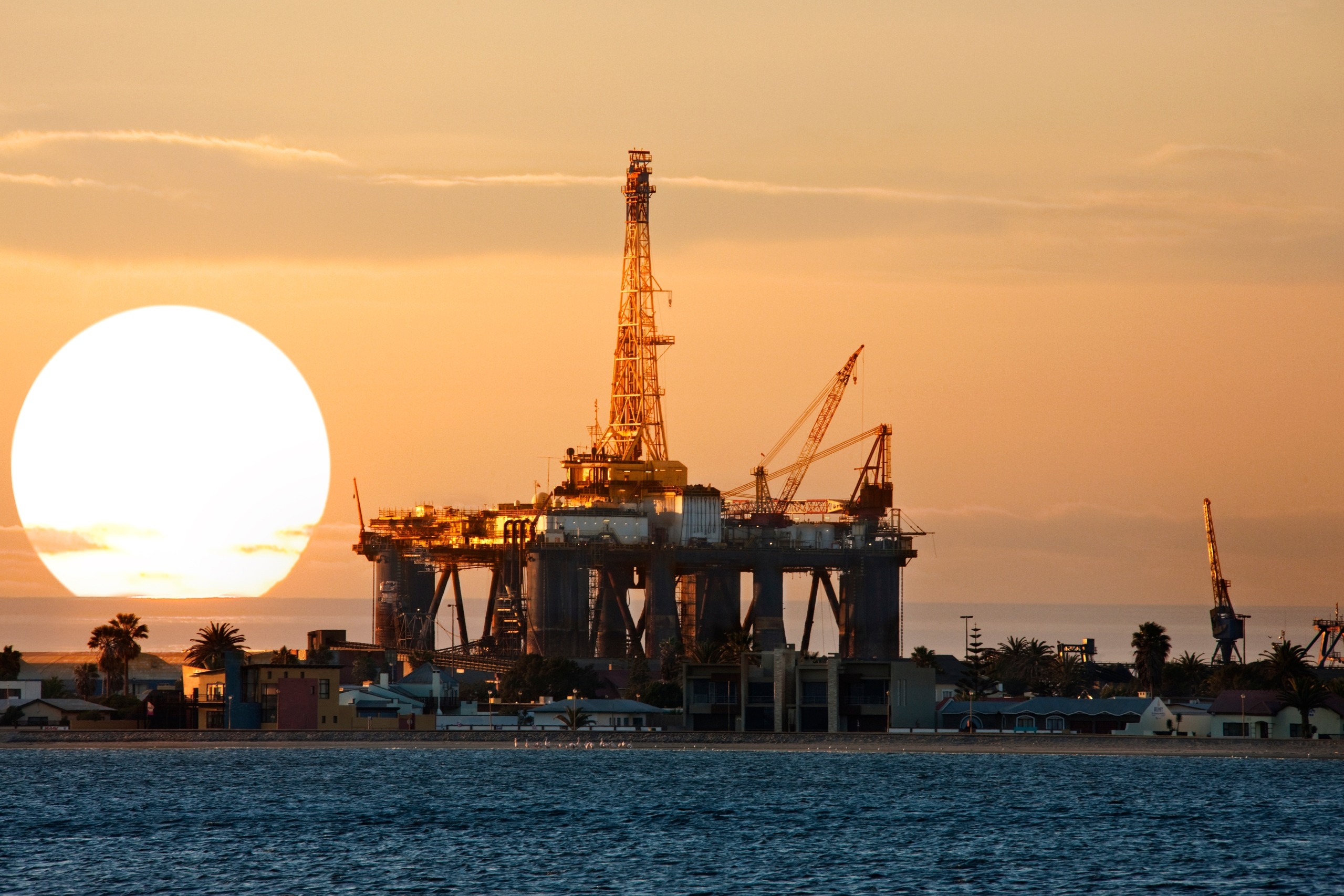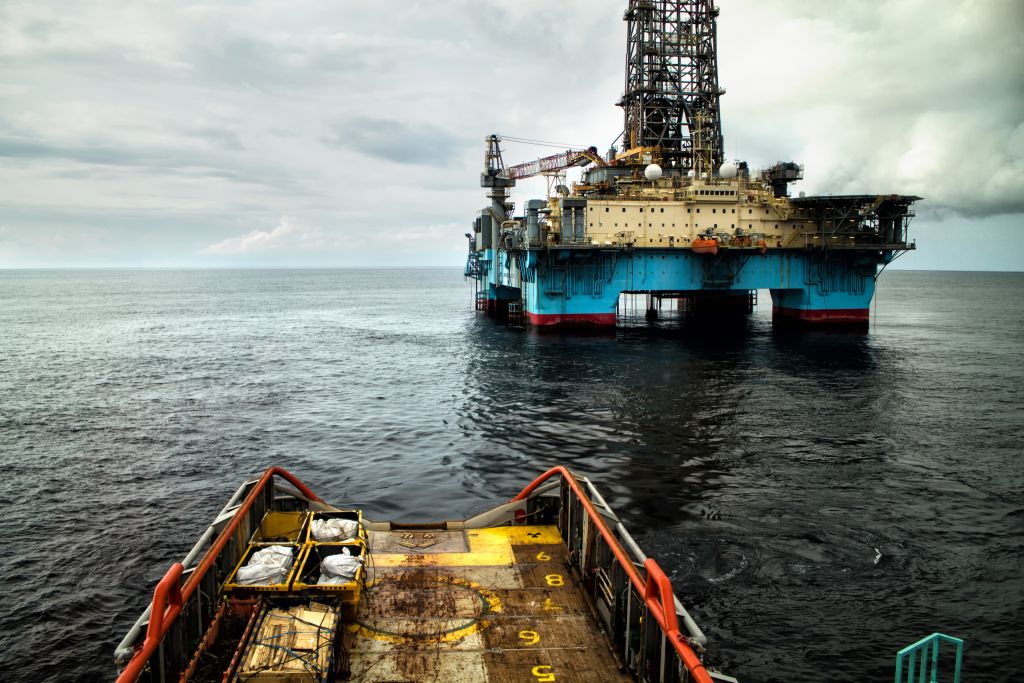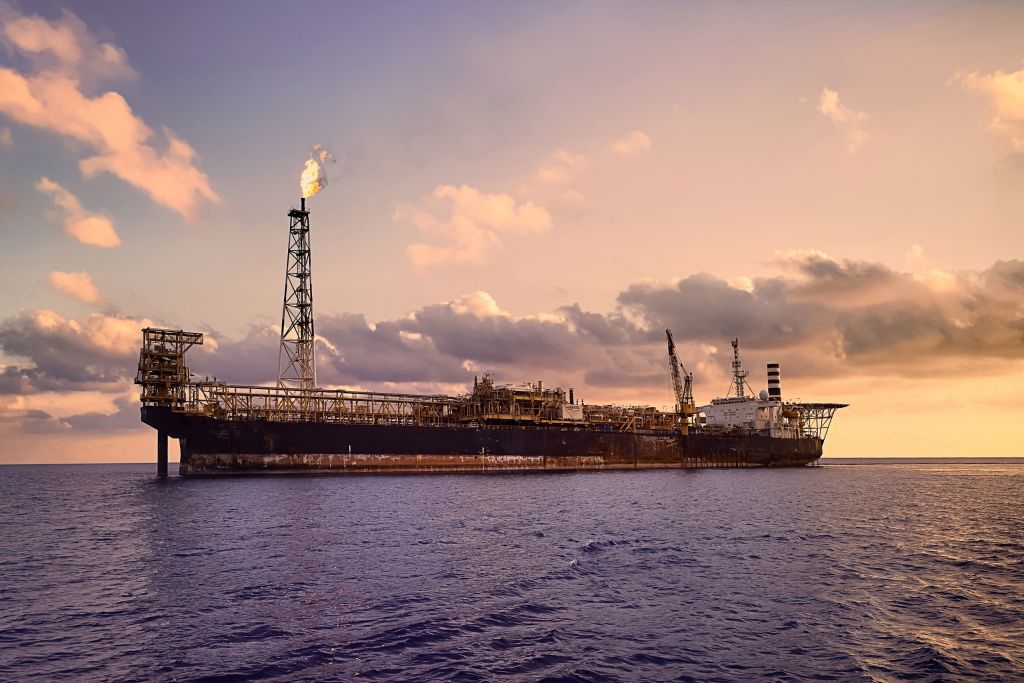Introduction:
Subsea drilling is a complex and challenging operation that requires advanced technologies, techniques, and skilled teams to achieve optimal safety and efficiency. Despite the access to previously unreachable resources, it poses unique challenges such as deepwater drilling, harsh environments, and high costs.
In recent years, however, drilling analytics and digital technologies focused on asset performance management have emerged as powerful tools for addressing these challenges and improving the safety and efficiency of subsea drilling operations.
The concept behind Oil drilling
Drilling for oil is the process of extracting hydrocarbons, primarily crude oil, and natural gas, from the Earth’s subsurface. The process typically begins with the selection of a drilling site and the acquisition of any necessary permits and approvals. Once the site has been prepared, a drilling rig is assembled on location and drilling begins.
The drilling rig consists of a variety of equipment and machinery, important equipment includes the derrick, which is the tall structure that houses the drilling equipment, and the drill bit, which is the cutting edge of the drilling process. The drill bit is attached to the end of a drill pipe and is lowered into the ground. As the drill bit rotates, it cuts through the earth’s layers to reach the oil or gas deposit.
Once the deposit is reached, the oil or gas is brought to the surface through a series of pipes called the production string. The process of drilling for oil can take several weeks or even months depending on the depth of the deposit and the complexity of the drilling operation.
Challenges of Subsea Drilling:
Drilling for oil is a complex and risky operation that poses a variety of challenges to operators. The first major challenge is the extreme environment in which drilling often takes place. Oil deposits are often located in remote, inaccessible areas such as offshore platforms, deepwater wells, and Arctic regions. These harsh environments can make drilling operations difficult and dangerous, and can also increase the risk of equipment failure.
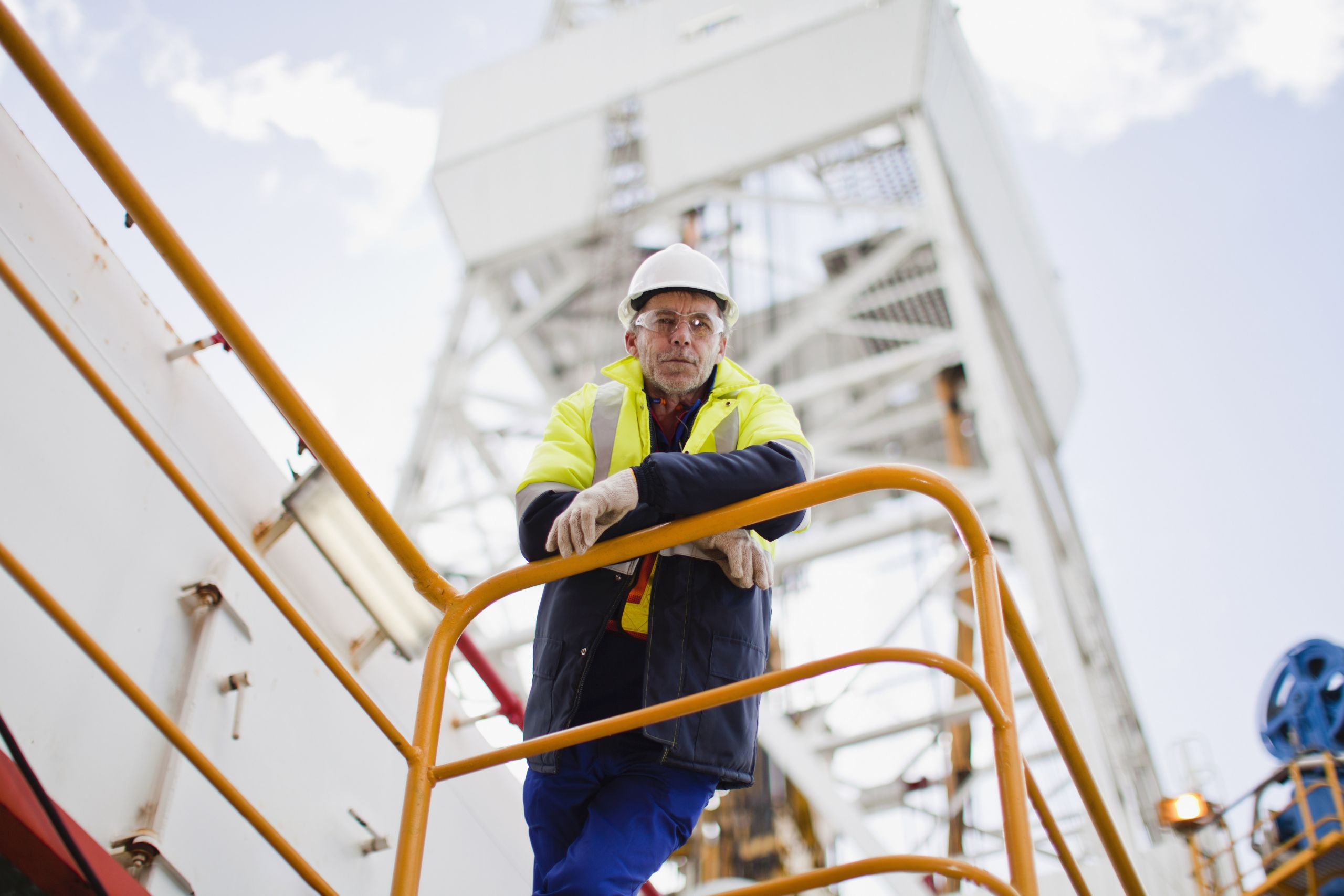
Another challenge is the technical complexity involved. Subsea drilling normally employs a wide range of sophisticated technology and big-scale equipment where small mistakes or malfunctions can have serious consequences. To avoid this kind of scenario, many regulations and safety standards take place.
Field workers are also exposed to risks during oil drilling. Hazards such as the risk of serious injuries due to accidents on the rig, the risk of environmental damage due to spills or leaks, and the risk of financial loss due to equipment failure or unexpected geological or weather conditions.
Operators must carefully plan and execute the process, while constantly monitoring and assessing these risks to ensure the safety of the personnel and the production environment itself.
Traditional Methods of Subsea Drilling:
Traditionally, subsea drilling has been performed using a variety of methods and technologies. These methods include the use of:
- Submersible drilling rigs
- Remotely operated vehicles (ROVs)
- Underwater drones.
These approaches have proven effective, but incorporating digital expertise has helped drilling achieve optimal safety and efficiency.
Predictive maintenance and condition monitoring of Subsea Drilling
Given the harsh conditions subsea operations encounter, the application of condition monitoring and analytics has become a crucial factor in keeping adequate operating conditions in the long run.
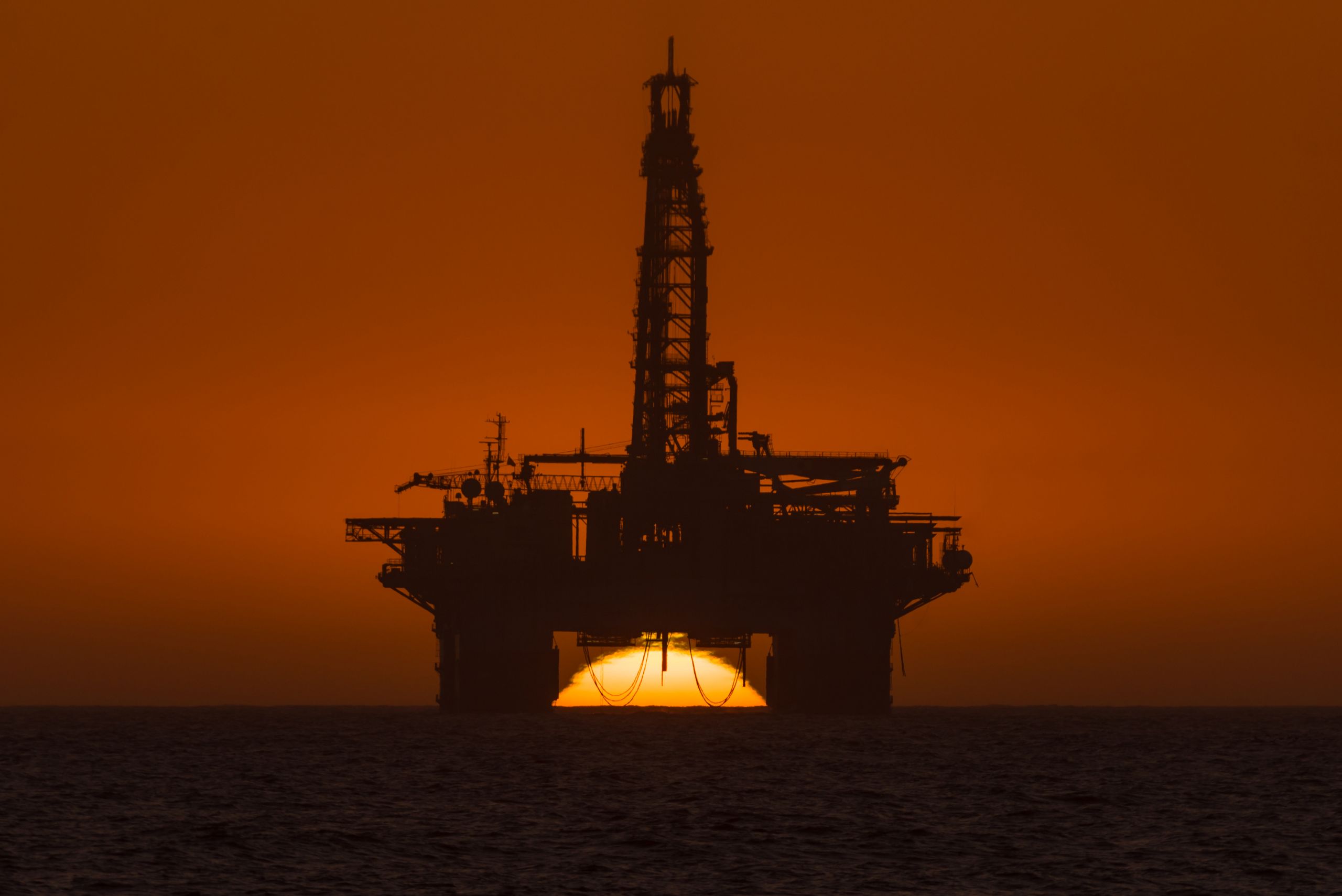
These approaches consist in the use of trusty and relevant data to monitor equipment performance and condition over time. This way of maintaining assets allows for early identification of possible failures, whether they are prominent due to natural hazards or integrity incidents.
This way operators can plan and start proactive actions to treat equipment before it fails. However, due to the unique conditions this kind of operation poses, sometimes avoiding equipment downtime is not possible even with predictive assistance. This way, the main goal turns to reduce the number of unplanned maintenance in that kind of system, and enable optimal and fast maintenance schedules.
Conclusion
Drilling for oil and gas in subsea environments presents a range of unique challenges for the production itself and field workers. The harsh environments, deepwater drilling, and the complexity of technology and regulations make it challenging to ensure the optimal safety and efficiency of these operations.
Nevertheless, the use of condition monitoring and predictive analytics have been proven to be efficient tools for dealing with these challenges. With the right technology among E&P, drilling operators can identify and manage risks, predict equipment failures, and schedule maintenance, minimizing downtime and increasing productivity, ensuring the best performance and reliability, and availability of their drilling equipment and facilities.
